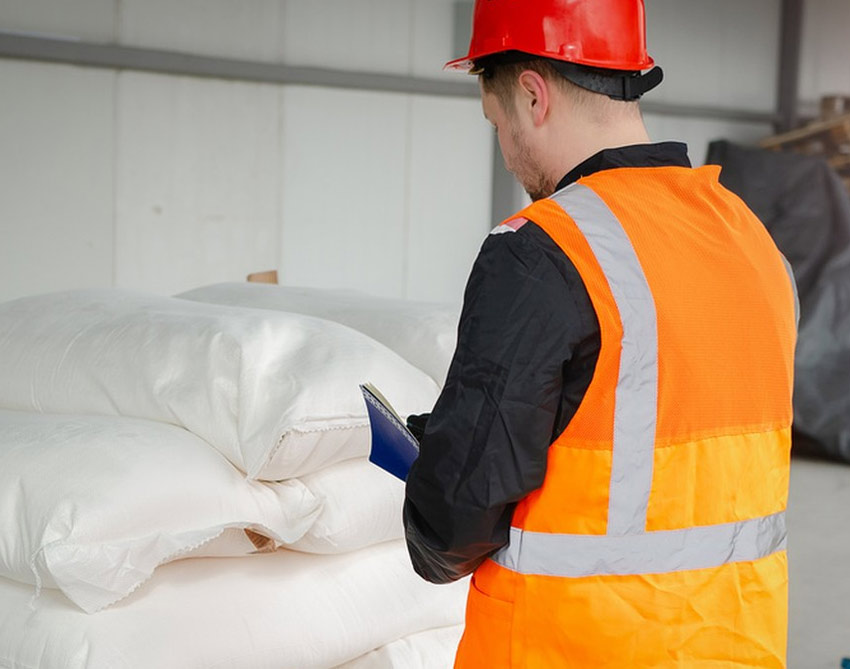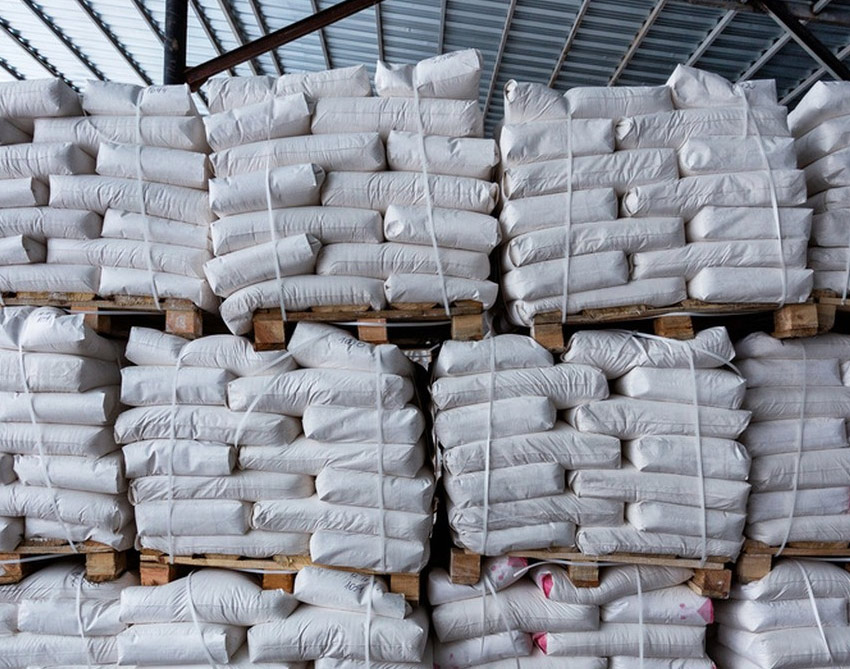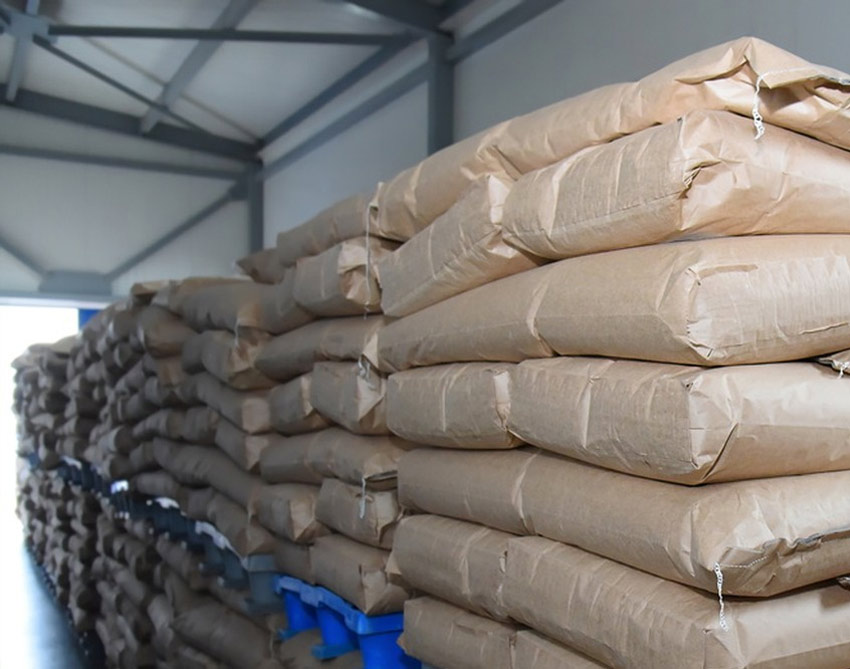Rubber additives refer to a series of fine chemical products added in the process of processing natural rubber or synthetic rubber into rubber products, which are used to endow the use performance of rubber products, ensure the service life of rubber products, and improve the processing performance of rubber compounds. Rubber is a very important material in national production, and rubber additives are important auxiliary raw materials in rubber industry.
Tire rubber additives
classification
Rubber additives are generally divided into six categories according to the traditional classification methods (different functions).
Class I: curing system aids, mainly including curing agent, accelerator and activator.
Class II: protective system additives, mainly antioxidants and flame retardants.
Class III: operating system additives, mainly including plasticizer (softener), dispersant, homogenizer, tackifier, release agent and coke inhibitor.
Class IV: reinforcing filling system additives, mainly including carbon black, white carbon black, etc.
Class V: adhesion system additives, mainly including m-A-white system, cobalt salt adhesion promoter, etc.
Class VI: Other additives, including colorants, foaming agents, defoamers, thickeners, etc.
demand
The rubber consumption of the top 20 countries in the world reached about 25 million tons, accounting for about 90%. Among them, China accounted for 1/3 of the total, and Indonesia, Thailand, India, Vietnam and other Asia Pacific regions grew rapidly. The demand for rubber additives is usually about 5% of the rubber consumption. According to this ratio, the global demand for rubber additives in 2018 is about 1.4 million tons.







